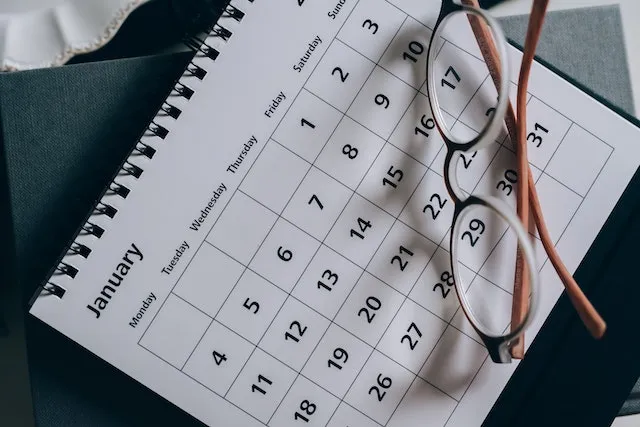Writing formal letters is a normal part of a landlord’s job. Letters and written notices are easily documented forms of communication you can use with your tenants. One of the notices that landlords must consider sending to tenants is a move-out letter. Sending a move-out letter is essential because it helps make end-of-tenancy processes more seamless.
Benefits of Move-Out Letters
Sending move-out letters can be helpful to your overall bottom line. The main purpose of a move-out letter is to remind tenants when they need to vacate the premises and what they need to do before they leave. For instance, a move-out letter can be used to remind tenants that you need their forwarding address to return mail to them. These letters help protect your property and ensure your investment is returned to you in good condition.
Here are a few benefits of sending move-out letters to tenants:
Increased Lease Renewals
You can use a move-out letter to encourage your best tenants to renew their lease. When you remind your tenants that their lease is about to end, some renters may want to extend their stay and renew their lease agreements instead. This means you can continue collecting rent from the same tenant and avoid the costs associated with property marketing and tenant screening.
Effective Reminders
In general, move-out letters remind tenants of the essential tasks they must complete before the end of their tenancy, in addition to important dates and other information.
Some of the most important reminders to include in your move-out letter are outlined below.

Move-Out Date
A move-out notice should always include the tenant’s final move-out date.
End-of-Tenancy Property Condition
A move-out letter should encourage tenants to leave the property in good condition. Tenants should start cleaning the property and checking for any damages before moving out.
Your Expectations
If the tenants decide to end the tenancy and not renew the lease, a move-out letter is a great opportunity to outline your expectations and how you want your property to be returned to you. You can lay out your inspection procedures and include an inspection checklist, so the tenants know what they need to clean and repair.
Tips for Writing a Move-Out Letter
There is no hard-and-fast rule about what you should include in your move-out letters. The information you include may vary depending on the terms of your lease agreement and the kind of rental property you own. However, all move-out letters should include the following information.
Date of Delivery
Whether the letter is sent in person or by mail, it’s crucial to include the date of delivery.
This date will be important evidence in any court proceedings should any legal issues arise between you and your tenants.

Contact Information
Be sure to include your contact information in the move-out letter so that your tenant can contact you if they have any questions or concerns.
Move-Out Date
This is very important as tenants may misremember the specific date when the lease ends. Including the move-out date in your letter will help prevent any misunderstandings or issues.
Renewal Opportunities
If you want to retain your tenants, this is an excellent opportunity to offer them a chance to renew their lease to extend their stay.
Final Inspection Details
Indicate whether you want to request the tenant’s presence during your final property inspection and the date it will occur on. We also recommend re-sending a copy of your move-in/move-out checklist to the tenant so they know what they should clean and repair.
Key Instructions
Indicate how and where the tenants should leave their keys behind.
Security Deposit Return Process
Explain the process for returning the security deposit, including the timeframe and how you will return it. If you need the tenants’ new forwarding address, you should also include that request in your move-out letter. It’s best to reiterate the allowable deductions for the security deposit, which you will list in detail alongside the remaining portion of the deposit.
Important Dates
Remember to highlight important dates in your move-out letter, including the date the tenants are expected to vacate the premises, the date of the final property inspection, and the date the security deposit will be returned. Check your state’s security deposit laws to ensure you return the deposit in accordance with the law. Ideally, move-out letters should be sent to tenants at least one to two months before the lease expires. However, it’s best to check state law and local ordinances to see if there are stipulations about when you should send move-out letters.

Move Out Checklist
Including a move-out checklist in your letter can be helpful! Remember that checklists may vary from one landlord to another, so it’s best to assess your unique situation to ensure that you include everything you need to. Here are some basic things to include in your checklist:
- Cleaning and yard maintenance suggestions
- Garbage disposal information
- Reminder to collect all personal belongings
Conclusion
Move-out letters may not always be required, but they are a great tool for making the move-out process easy and smooth. If you want to ensure your move-out letters benefit your rental business, contact Taylor Street Property Management today! Our experts are ready to help your rental business dreams into a reality.


